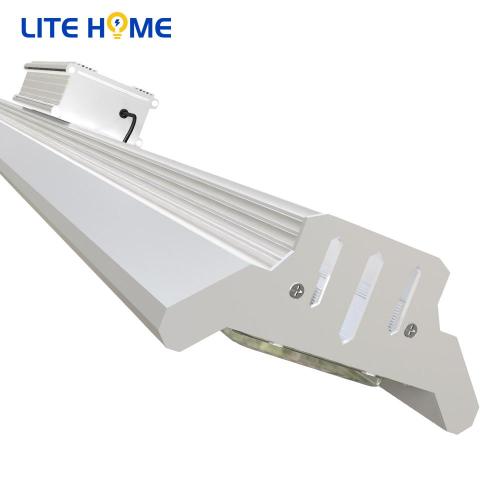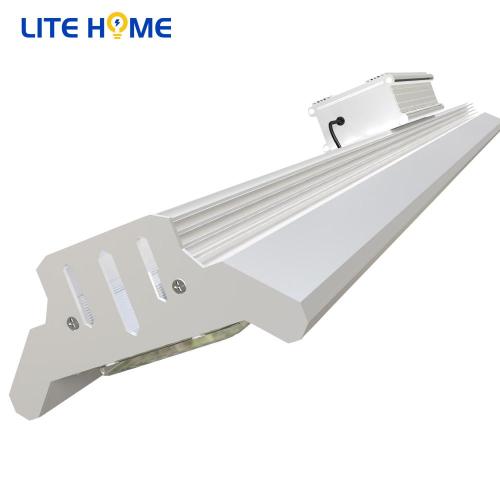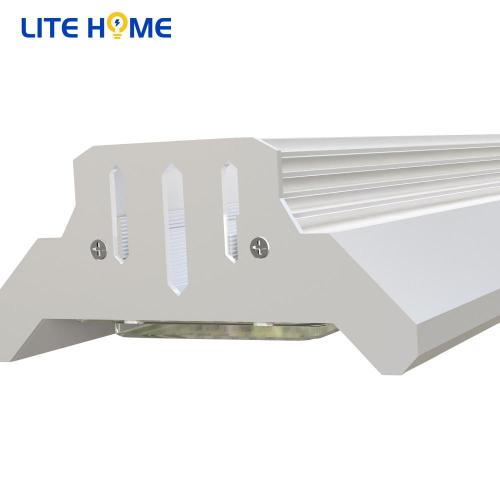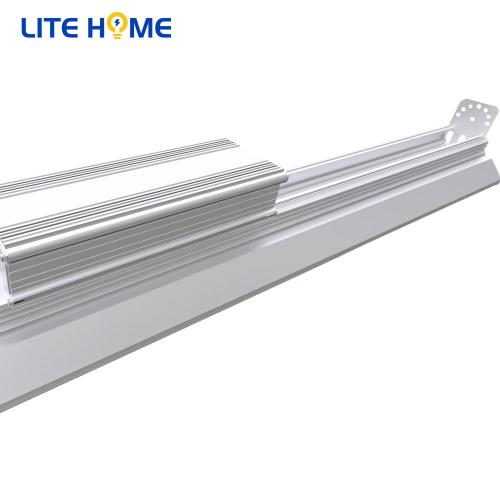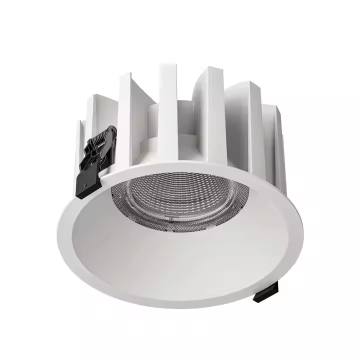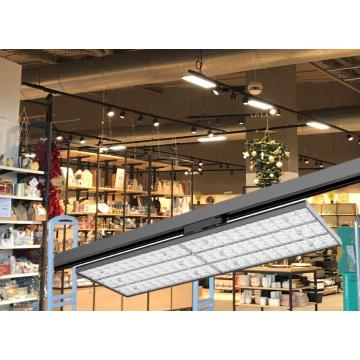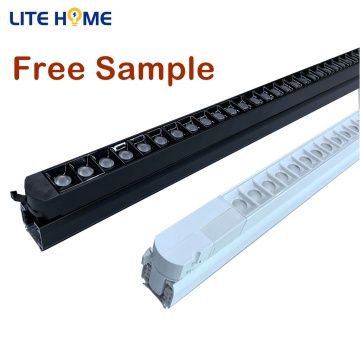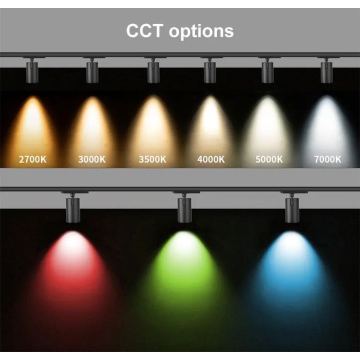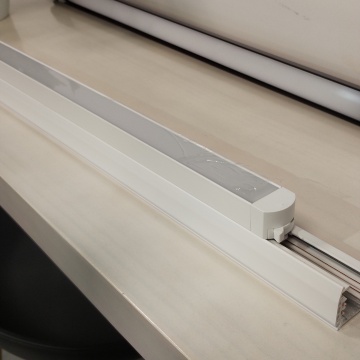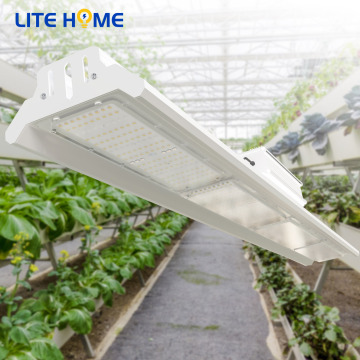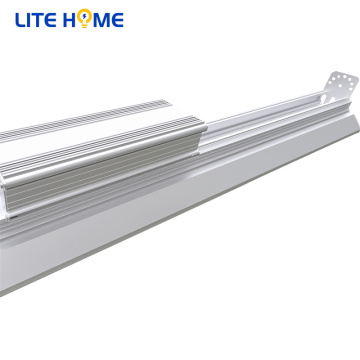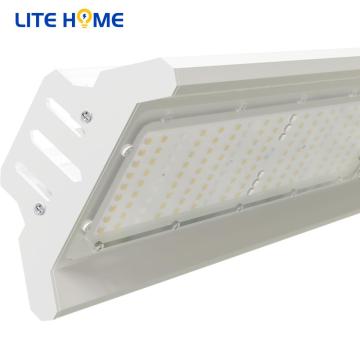
240w Full Spectrum Quantum Led Plants Lights
-
$160.001-99 Piece/Pieces
-
$158.00100-999 Piece/Pieces
-
$156.00≥1000 Piece/Pieces
- Transportation:
- Ocean, Air, Express
- Port:
- SHENZHEN, SHENZHEN, SHENZHEN
Your message must be between 20 to 2000 characters
Contact Now| Place of Origin: | CHINA |
|---|---|
| Supply Ability: | 30000/PCS/MONTH |
| Payment Type: | L/C,T/T |
| Incoterm: | EXW,FOB |
| Certificate: | CE & FCC & RoHS |
| Transportation: | Ocean,Air,Express |
| Port: | SHENZHEN,SHENZHEN,SHENZHEN |
Are full spectrum grow lights better?
Full spectrum grow lights are generally considered better for plant growth than lights that emit only specific wavelengths of light. Full spectrum lights mimic natural sunlight by providing a wide range of wavelengths, including both visible and invisible light. This helps plants photosynthesize more efficiently, resulting in healthier, more vigorous growth.
Full-spectrum lights provide a balanced combination of red, blue and sometimes green light, which are essential for different stages of plant growth. Red light promotes flowering and fruiting, while blue light is critical for vegetative growth and overall plant development. Green light helps with canopy penetration and overall plant health.
In addition to promoting plant growth, full spectrum lights also enhance color and flavor in crops, making them ideal for indoor gardening, hydroponics and other controlled environments. They also provide better light coverage and penetration, ensuring that plants receive adequate light throughout their canopy.
However, it's important to note that the quality and effectiveness of full-spectrum grow lights can vary depending on the brand, technology, and plant requirements. It's recommended that you research and select high-quality full spectrum grow lights from reputable manufacturers for optimal results.
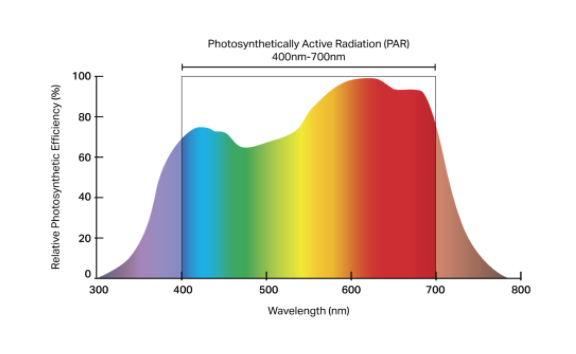
This is a chromatogram in which scientists represent colors by wavelength numbers instead of color names, which is a more accurate way to measure color. Different wavelength frequencies represent different colors of light.
This method of measuring light for plant growth is called PAR (Photosynthetically Active Radiation). PAR defines the relative amount of light used by plants for photosynthesis in the range of 400 nm to 700 nm.
In general, the peak of photosynthetic efficiency (light absorption) falls in the red and blue spectrum in the PAR range. This means that plants absorb most of these spectra as they grow. In other words, chlorophyll, the molecule responsible for converting light energy into chemical energy in plants, absorbs most of the light in the blue and red spectrum for photosynthesis.
So by choosing the right amount of red and blue light, chlorophyll pigments can absorb more of the light they need.
For growth, blue light helps plants produce healthy stems and roots in the early stages of vegetative growth. Growth then continues as red light absorption increases, resulting in increased stem length, leaves, and flowers/fruits. Therefore, red light plays an important role in plant maturity and size.
The LED grow light can be set to produce a specific wavelength during a specific time of day or night.
Full-spectrum grow light can not only speed up the growth of plants, but also slow down the growth of plants. If you don't need it to be so lush, you can also adjust the light as you needed.
In conclusion, LED plant growth lights play a very important role in promoting root development, improving nutrition and color.
Litehome led plant growth light light has a spectrum that plants can absorb, which can better promote plant growth. Our 200W and 240W plant lights are full-spectrum grow light, with an installation height of 1.2 meters to 3 meters. IP65 that can be placed in a tank with a depth of 1 meter. The dimming function allows you to adjust the light according to plants needed in different stages.
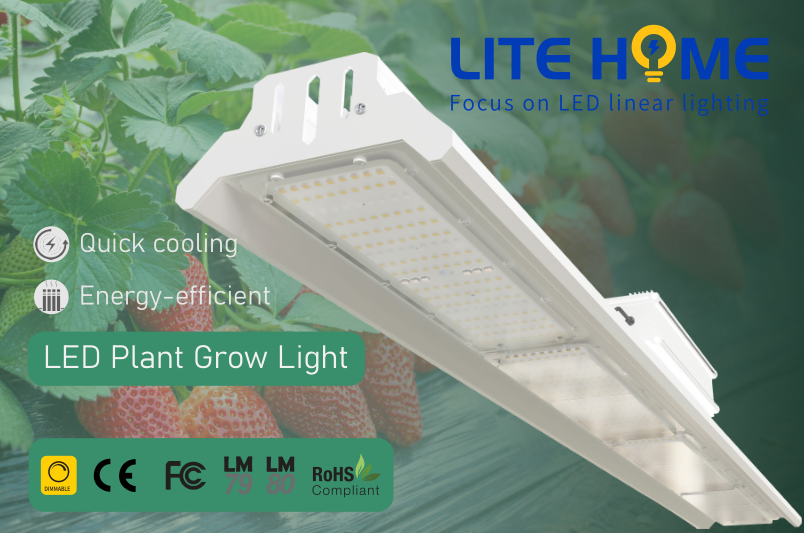
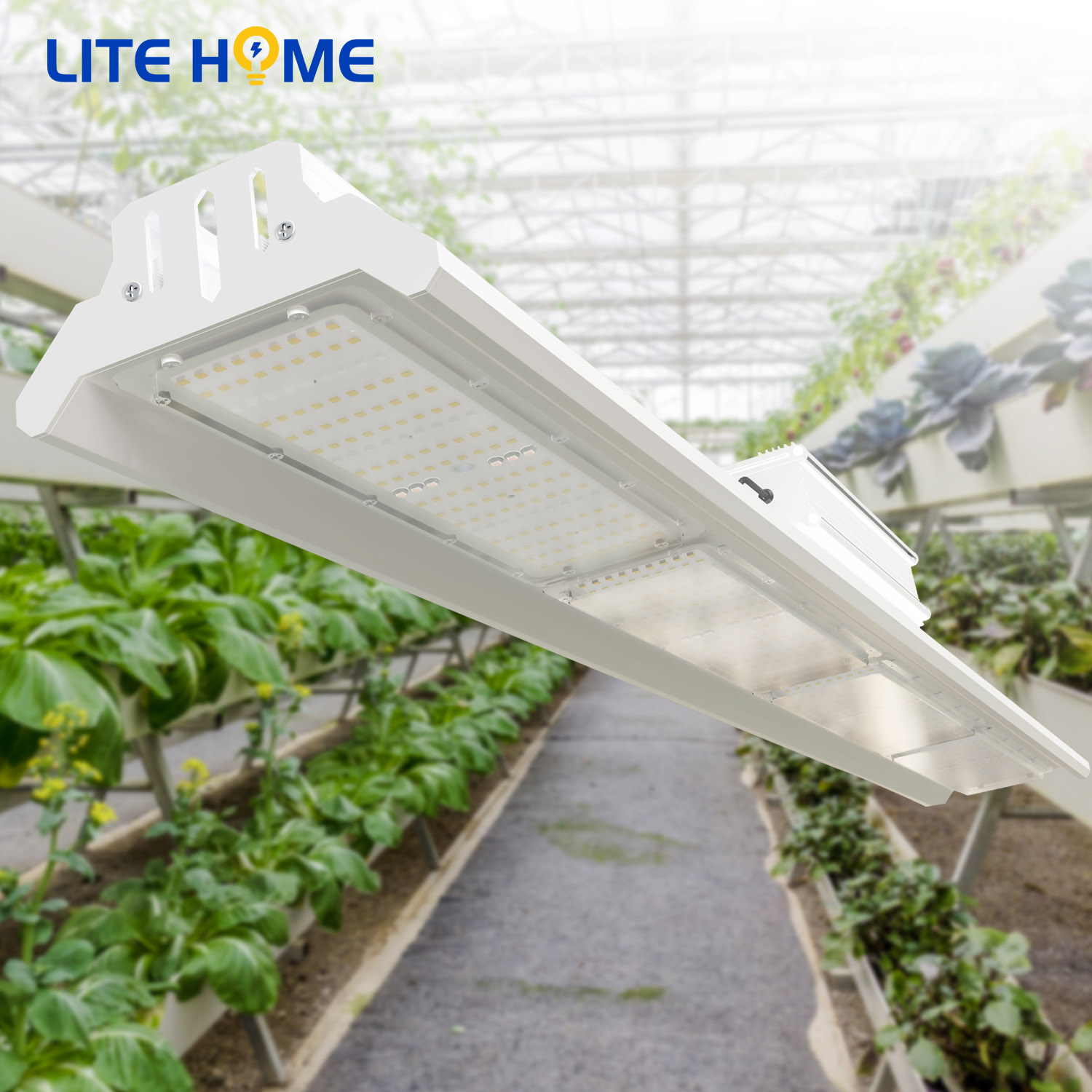
Related Keywords


